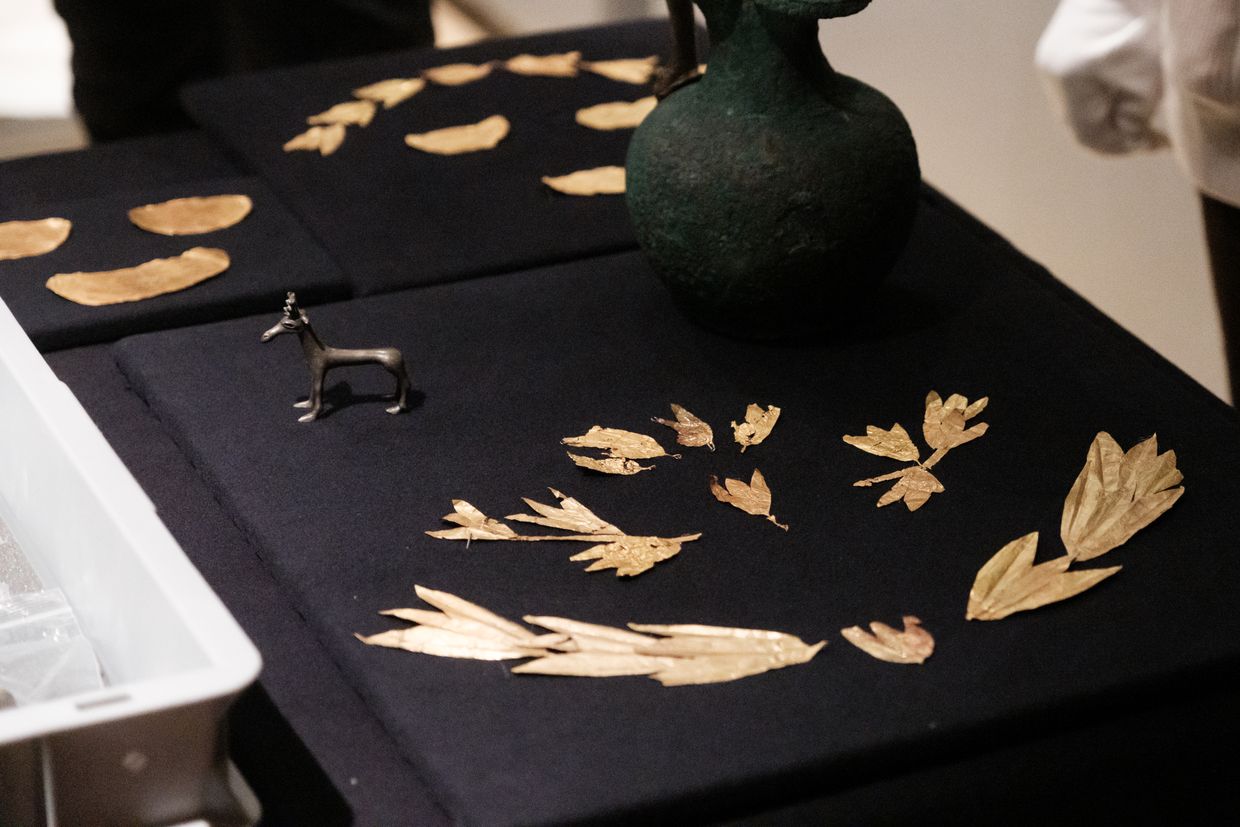Russian forces damaging ancient burial mounds in Ukraine, research suggests

Russian forces have damaged several ancient burial mounds on the front line in southern Ukraine, potentially violating the Hague and Geneva Conventions, according to research from the Ukraine Conflict Observatory published on Sept. 4.
Ukraine is home to many of these ancient graves, known as kurgans or mohyly. The mounds can be up to 20 meters tall and date back to as far as 3,000 BC, containing archeological treasures relating to prehistoric life in Ukraine, including the Scythian era.
The Conflict Observatory analyzed open geospatial data to find that the two sites in Vasylivka district in Zaporizhzhia Oblast have been damaged under occupation by the Russian Armed Forces.
"The damage includes the construction of military infrastructure at the archaeological sites and the creation of a large, lewd geoglyph in the shape of a phallus in an adjacent field," the report said.
"The use of the sites for military purposes places heritage at risk of incurring additional damage from the conflict."
Damage incurred separately from the construction of military installations "may indicate looting or destruction of the mound's associated artifacts and ancient remains."
Since cultural heritage is entitled to protection under international law, the damage to the sites and potential looting may constitute a violation of international humanitarian law and the Hague and Geneva Conventions, the report said.
Limitations in conducting research through open-source intelligence means that "the actual number of archaeological sites impacted by Russian fortification building is likely far higher than what is documented in this report," the Conflict Observatory noted.
Russia's war against Ukraine has severely impacted Ukraine's cultural heritage, damaging around 2,000 cultural sites and leaving 1.5 million museum artifacts in Russian-occupied territories.
The Parliamentary Assembly of the Council of Europe (PACE) adopted a resolution in late June recognizing Russia's genocidal intent in destroying Ukraine's cultural heritage and identity.











